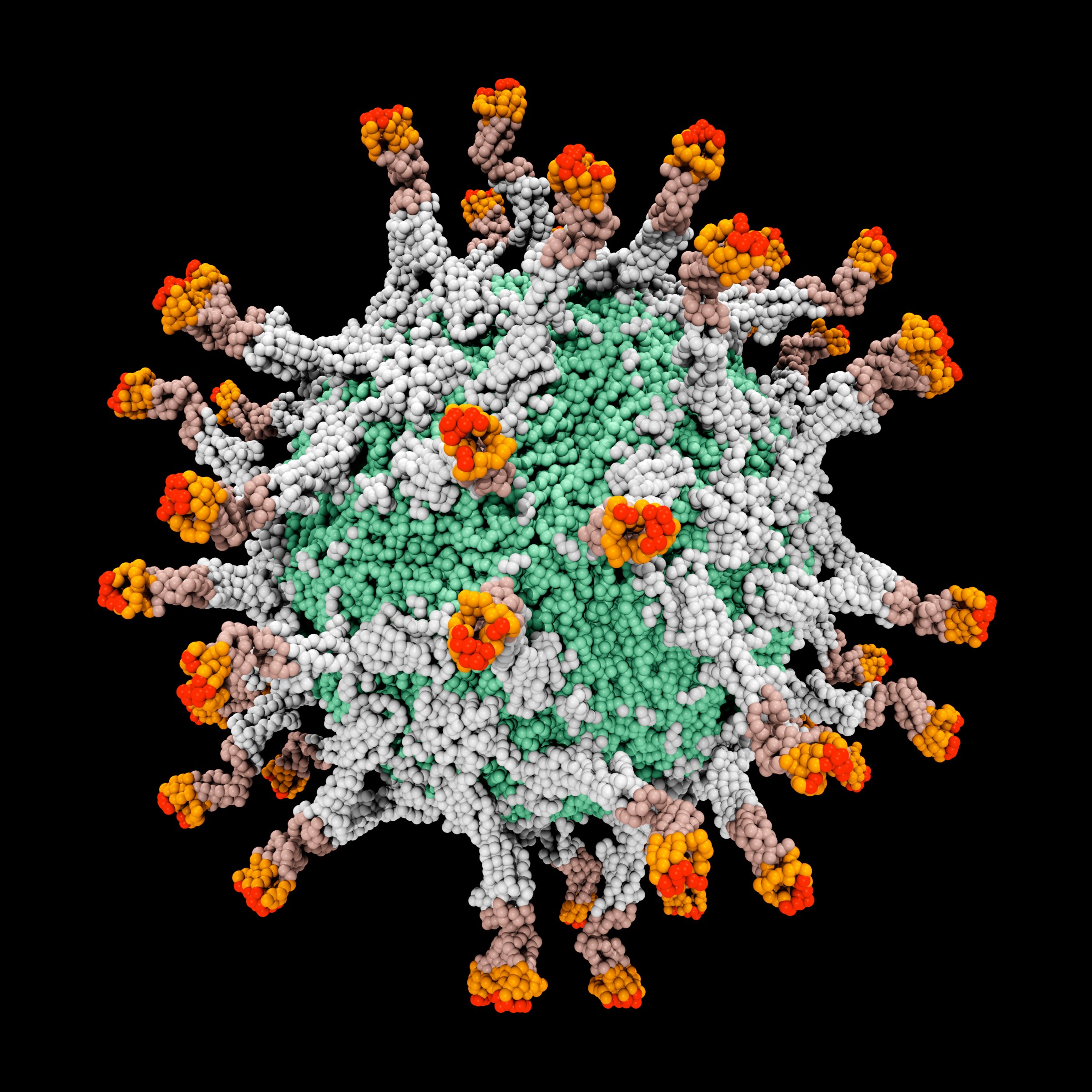
The U.K.’s most recent case of polio occurred in 1984, and the disease was declared formally eradicated there in 2004. But the country is on edge this week after the poliovirus was discovered in several sewage samples in London, giving rise to what government health officials call a “national incident.” No new cases of polio have been confirmed in the U.K. But according to an alert by the U.K. Health Security Agency, “it is likely there has been some spread between closely linked individuals in north and east London and they are shedding the type 2 poliovirus strain in their feces.” (There were originally three strains of poliovirus, but types 1 and 3 have been vaccinated out of existence.)
The virus that was detected in London wastewater is not the so-called “wild” poliovirus, which used to circulate freely around the world but has now been eradicated in all but two countries: Afghanistan and Pakistan. Rather, it is what is known as “vaccine-derived” poliovirus. There are two types of polio vaccines: the injectable version, which uses a killed virus to confer immunity, and the oral version, which uses a live but weakened virus. The oral version is easier and cheaper to administer and is thus the vaccine of choice for mass immunizations. But on occasion, the harmless, weakened virus can mutate to the infectious, paralytic form, pass through the body in feces, and threaten to infect individuals. That is what experts fear could happen in London.
Officials have no way of knowing who the original source of the virus is, but it was likely a visitor from another country, since the U.K. switched from the oral to the injectable vaccine in 2004 to prevent precisely this kind of vaccine-derived circulation. While 86.6% of British children have been vaccinated via injection and are therefore protected, that still leaves more than 13% who are vulnerable to the newly discovered virus, and officials are urging those children (and anyone who isn’t inoculated against polio) to get vaccinated.
“Vaccine-derived poliovirus has the potential to spread, particularly in communities where vaccine uptake is lower,” said Dr. Vabessa Saliba, an epidemiologist at the U.K. Health Security Agency, in a statement.
The presence of the virus in London is undeniably a worrisome development, but it by no means means a public health emergency. Circulating vaccine-derived polio can rarely cause paralysis, but, like wild poliovirus, that occurs in only about one in every 200 people who are infected. The rest develop only cold-like symptoms or no symptoms at all.
Public health officials, meanwhile, are trying to trace the original source of the contaminated sewage through the wastewater plant where it was first identified. The problem is that that plant handles waste from millions of people, making finding even the neighborhood from which the virus originated, much less the individual, unlikely. The World Health Organization reports that sewage lines upstream from the plant are nonetheless being sampled to determine more precisely the regions of the city in which the contamination occurred.
For now, the virus does not appear to be circulating widely in the community. If any infections do turn up, health officials would be able to type the strain of the virus and determine if it’s the same as the one that was isolated in the sewage sample. Either way, the London scare is one more reminder that global eradication of polio, a long-sought goal, is tantalizingly close. The sooner it’s stamped out in the two remaining endemic countries, the sooner no child will have to be sickened by it again.
More Must-Reads from TIME
- Cybersecurity Experts Are Sounding the Alarm on DOGE
- Meet the 2025 Women of the Year
- The Harsh Truth About Disability Inclusion
- Why Do More Young Adults Have Cancer?
- Colman Domingo Leads With Radical Love
- How to Get Better at Doing Things Alone
- Michelle Zauner Stares Down the Darkness
Write to Jeffrey Kluger at jeffrey.kluger@time.com